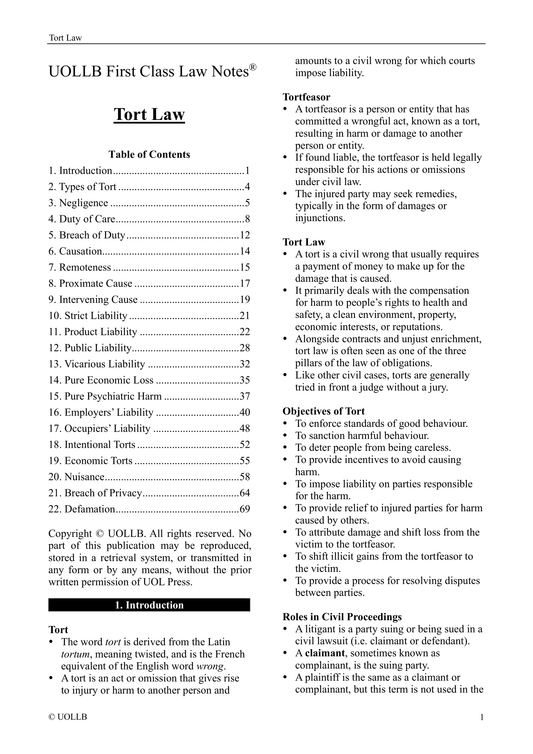Vicarious Liability
Share
Vicarious liability is a legal principle that holds one person or entity responsible for the actions of another person or entity. In the context of agency law, vicarious liability applies to situations where a principal is held liable for the actions of an agent who is acting within the scope of their authority.
The rationale behind vicarious liability is that the principal is in a better position to bear the costs of any harm caused by the agent, as the principal is the one who ultimately benefits from the agent's actions. By holding the principal liable, vicarious liability provides an incentive for the principal to take steps to ensure that the agent acts in a careful and responsible manner.
In order for vicarious liability to apply, there must be a valid agency relationship between the principal and the agent. This means that the principal must have authorised the agent to act on their behalf, and the agent must be acting within the scope of that authority when the harm occurs.
There are several factors that are considered when determining whether an agent was acting within the scope of their authority. These include the nature of the agent's job, the time, place, and purpose of the agent's actions, and whether the actions were intended to further the principal's interests.
It is important to note that vicarious liability applies to both intentional and unintentional torts (i.e. civil wrongs). For example, if an employee of a company intentionally harms someone while carrying out their job duties, the company may be held vicariously liable for the employee's actions. Similarly, if an employee of a company is negligent and causes harm to someone while carrying out their job duties, the company may also be held vicariously liable.
In summary, vicarious liability is a legal principle that holds a principal responsible for the actions of an agent who is acting within the scope of their authority. It is an important aspect of agency law, as it provides an incentive for principals to ensure that their agents act in a responsible and careful manner, and it helps to ensure that victims of harm caused by agents are able to receive compensation for their injuries.




























































